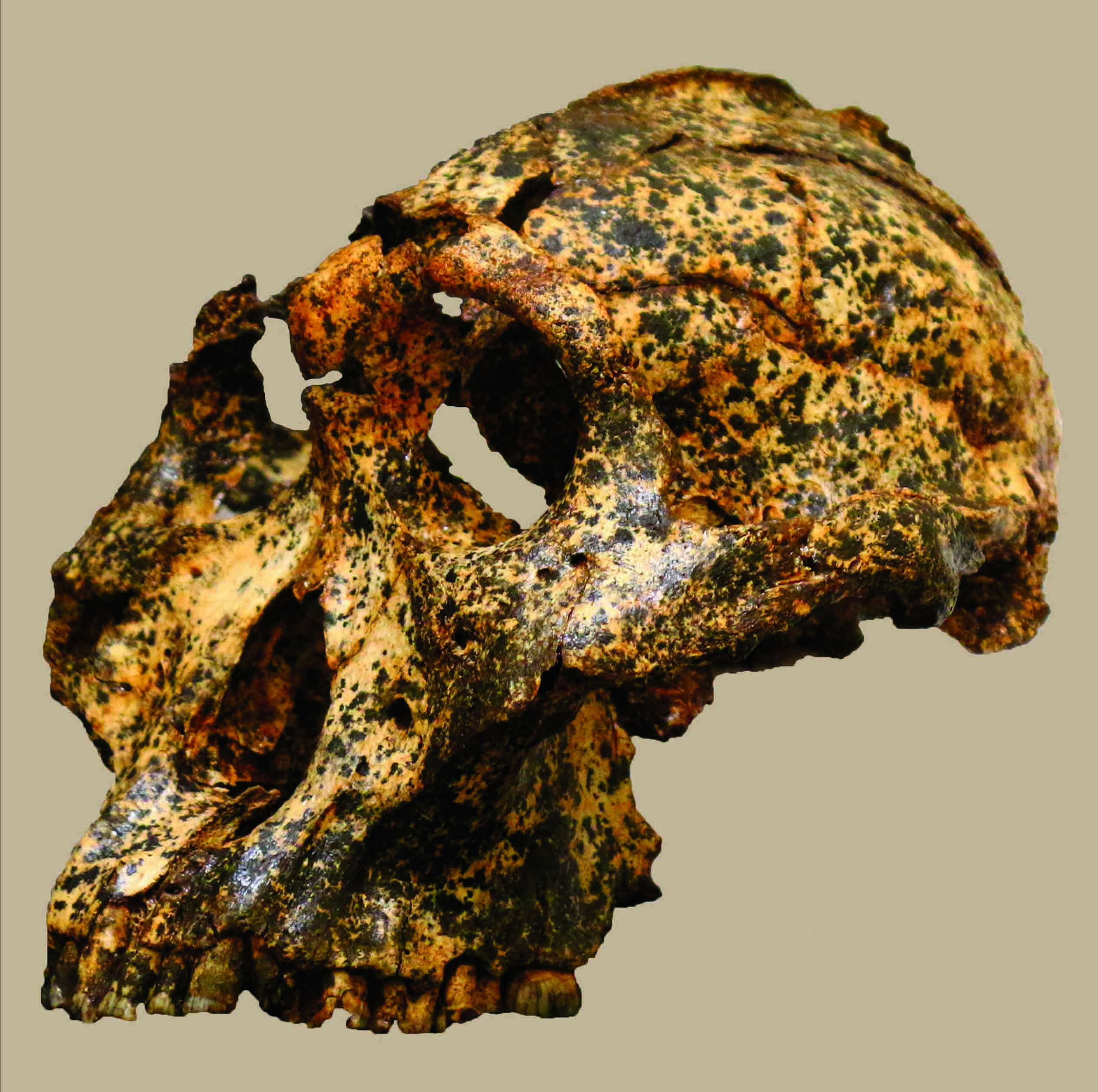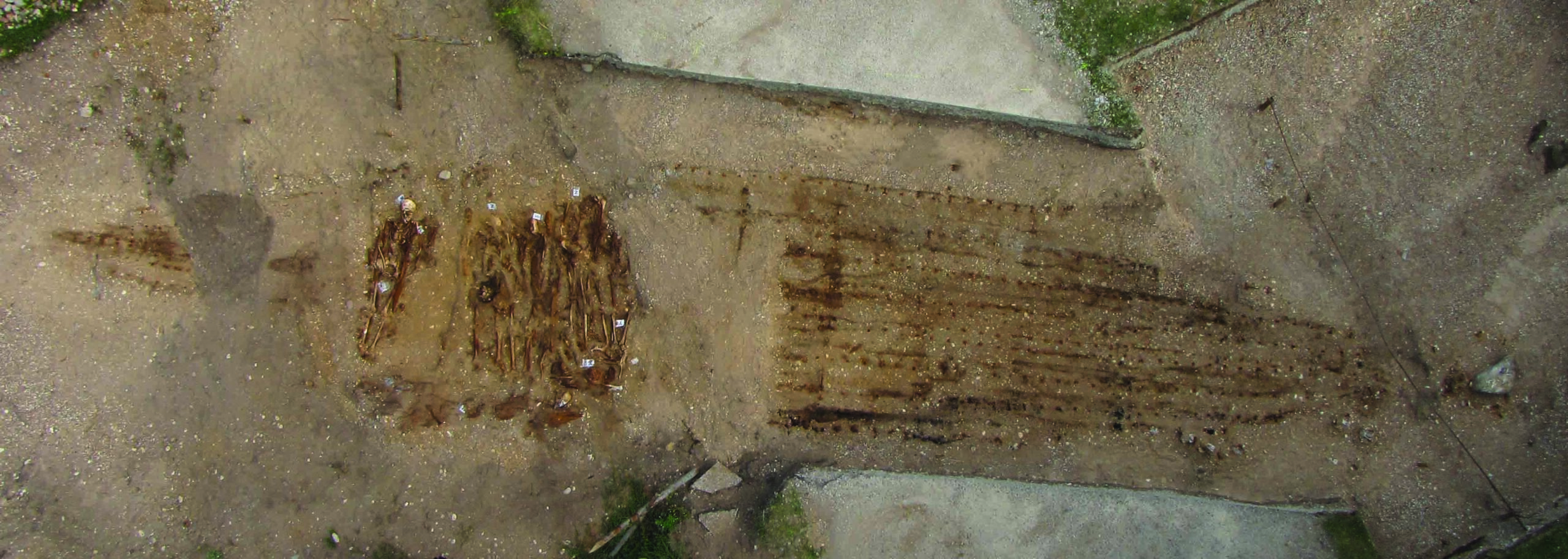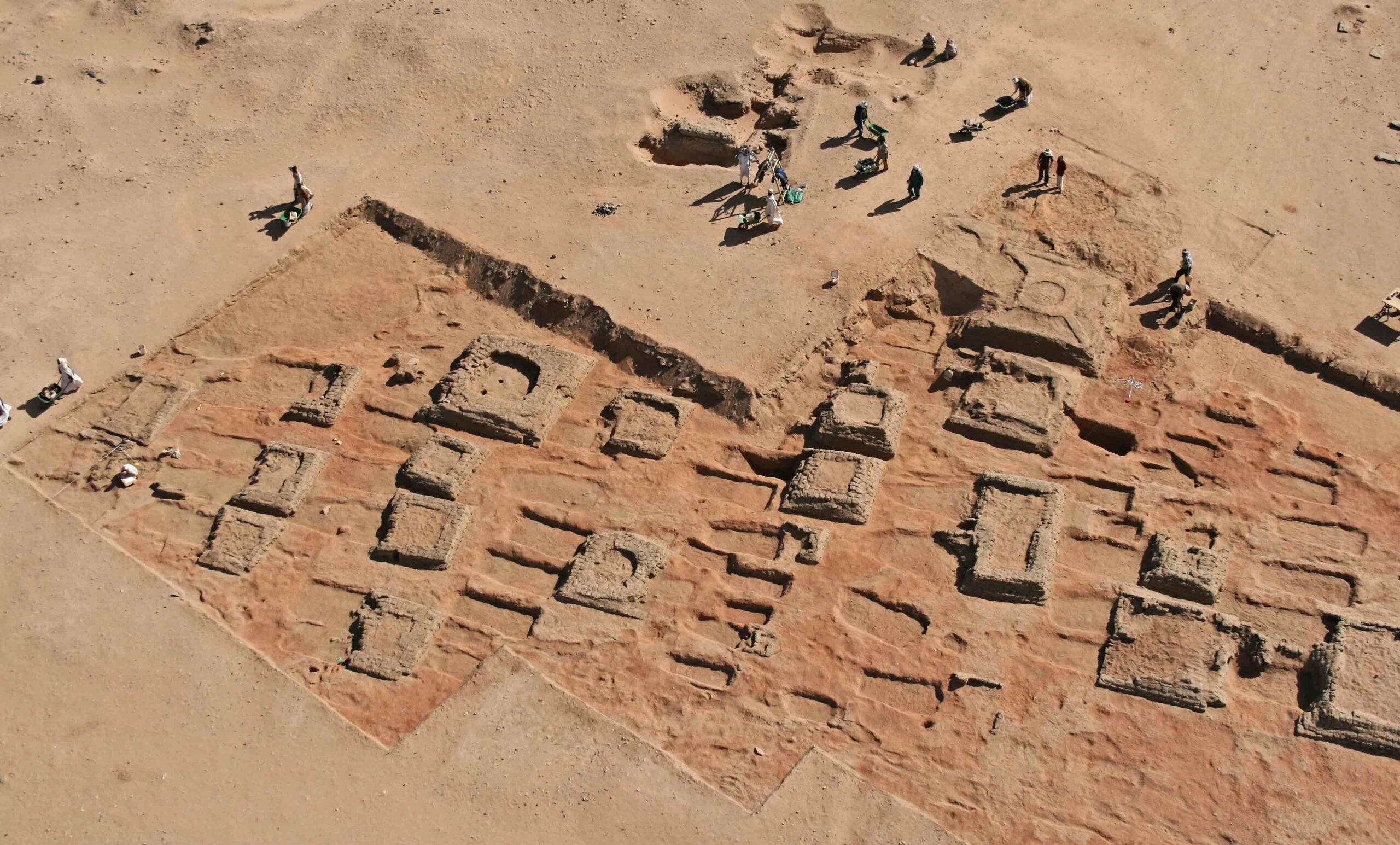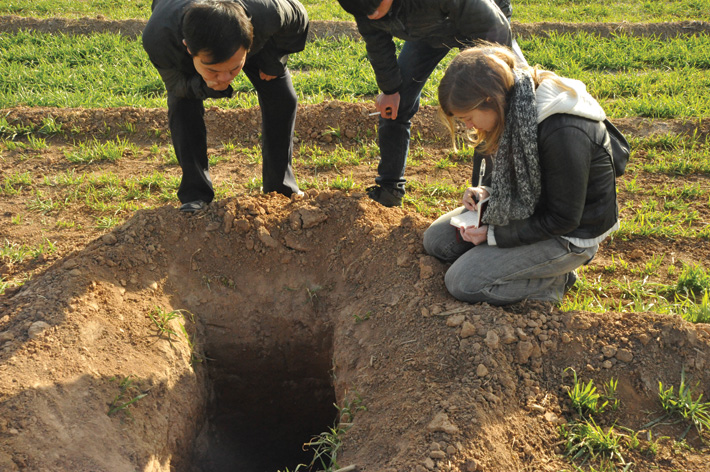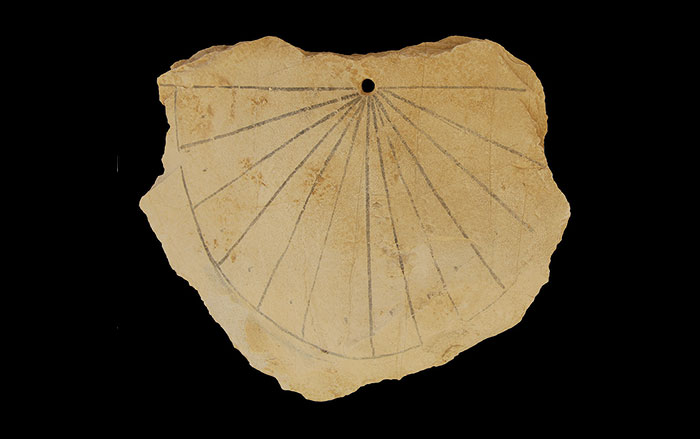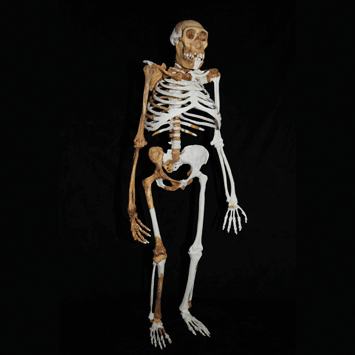
The most recent analysis of the 1.98-million-year old bones of Australopithecus sediba is showing that the hominins living in Africa at that time were a more diverse bunch than anyone expected. The study focused on two almost complete skeletons and one isolated tibia that were discovered in 2008 at the site of Malapa in South Africa.
A research team led by Lee Berger of the University of the Witwatersrand describes the A. sediba fossils as being a mosaic of human- and apelike traits. Their arms are relatively long and their hands had curved fingers—both traits that suggest A. sediba spent a substantial amount of time in the trees. In addition, they had small brains, much closer in size to those of earlier species of Australopithecus than to those of the earliest members of the genus Homo. At the same time, A. sediba’s pelvis, teeth, and lower jaw appear to be humanlike.
Analysis of A. sediba’s lower limbs revealed that they walked upright, though differently from other hominins. Each A. sediba footfall landed on the outside of the heel and rolled toward the arch and big toe, causing the legs to rotate slightly inward. This gait may have evolved as a compromise that allowed A. sediba to walk on the ground and still climb trees effectively. The finding shows that at least two different forms of bipedalism had evolved in parallel about 2 million years ago, when the earliest members of the human genus Homo came along. “If you look at the three transitional species between the australopiths and Homo erectus—H. habilis, H. rudolfensis, and A. sediba—they all have primitive characteristics, and they all have Homo-like derived characteristics, but each has a different mix,” says team member Steven Churchill of Duke University. Churchill believes it is possible that these three species interbred and their offspring were the ancestors of modern humans. “Maybe all of the humanlike features coalesce in H. erectus,” he says.



